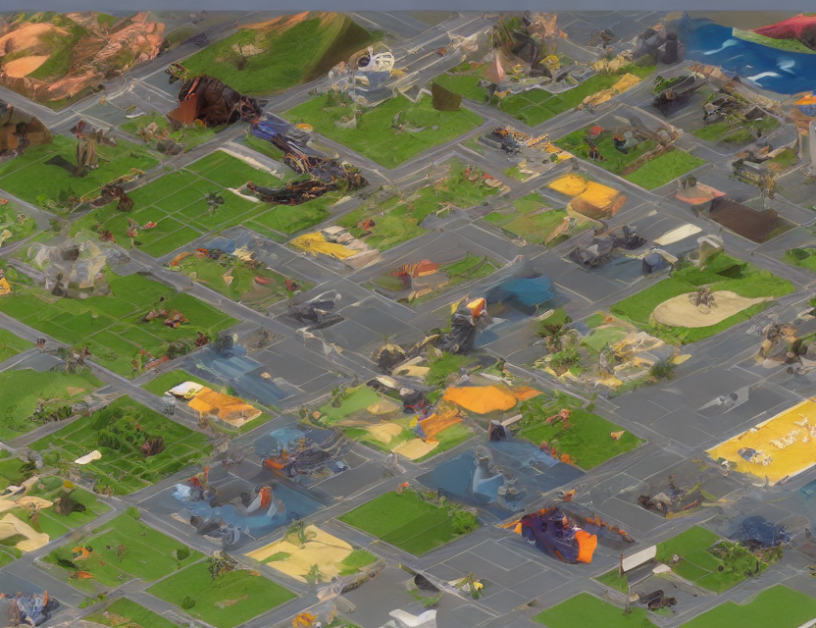Many times, when we want to find the best solution for a problem, we face a dilemma called "the curse of dimensionality." This means that as the number of variables or dimensions of the problem increases, it becomes exponentially harder to find the perfect solution. In many cases, this makes the optimization process take much longer and require more computational resources.
To overcome this challenge, researchers have developed various optimization algorithms that can efficiently search for a good solution in high-dimensional spaces. One such algorithm is called "Reference Vector Guided Evolutionary Algorithm" (RVGEA).
RVGEA is an evolutionary algorithm that uses a reference vector to guide the search process. The reference vector is like a compass that helps the algorithm to stay on track and avoid getting lost in the vast search space of many-objective optimization problems. By using this compass, RVGEA can efficiently explore the solution space and find good solutions much faster than other algorithms.
To understand how RVGEA works, let’s consider an analogy. Imagine you are on a long journey to find the best route between two cities. You have a map that shows different routes, but some of them are very long and may take days to complete. A reference vector is like a shortcut on the map that shows you the quickest way to get from one city to the other. By using this shortcut, you can avoid wasting time and energy on unnecessary detours.
In optimization problems, RVGEA uses a similar approach. It starts with an initial population of candidate solutions and evaluates their fitness. Then, it selects the best solutions based on their fitness and uses them to generate a new population through evolutionary operations such as mutation and crossover. This process continues until a satisfactory solution is found or a predetermined stopping criterion is reached.
One of the key advantages of RVGEA is that it can handle complex multi-objective optimization problems with multiple conflicting objectives. In these problems, each objective has its own set of optimal solutions, and finding the best trade-off between them is challenging. RVGEA uses a Pareto front to represent the set of optimal solutions and visualize the trade-off between different objectives.
In summary, RVGEA is a powerful optimization algorithm that uses a reference vector to guide the search process and efficiently explore high-dimensional solution spaces. It can be particularly useful for solving complex multi-objective optimization problems with multiple conflicting objectives. By using this algorithm, researchers and practitioners can save time and computational resources while finding better solutions for their optimization problems.
Computer Science, Neural and Evolutionary Computing
Evolution Strategies and Their Applications in Optimization



